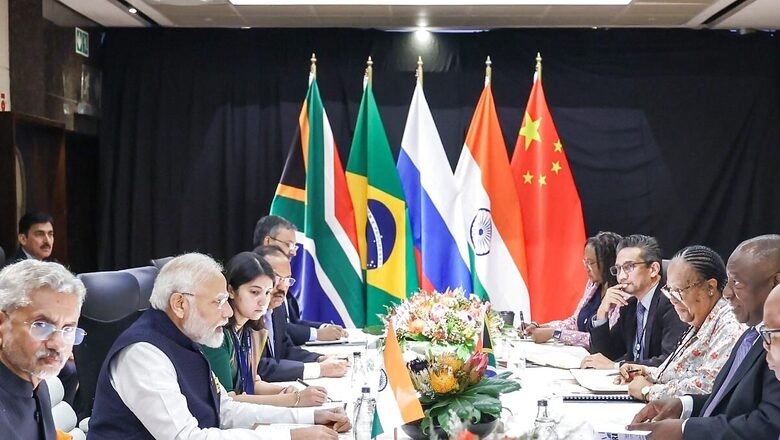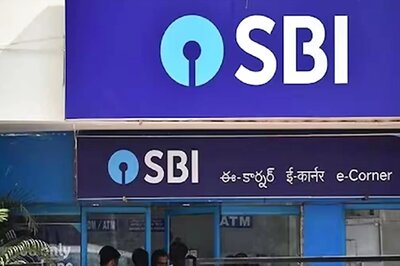
views
Prime Minister Narendra Modi is currently on his third tour of South Africa — the third richest African country — in the last seven years. Apart from holding a bilateral meeting with the country, he will also participate in the 15th BRICS Summit to be held in Johannesburg.
Following his visit to South Africa, which is scheduled from August 22 to 24, with the BRICS Plenary to be held on August 23, the PM will visit Greece upon the invitation of the country’s Prime Minister Kyriakos Mitsotakis. This will be an Indian PM’s visit to Greece in 40 years since Indira Gandhi’s tour to the country in September 1983.
Modi first visited South Africa in July 2016 as part of a four-nation tour to the continent. The PM visited Mozambique, South Africa, Tanzania, and Kenya during his official visit from July 7 to July 11, 2016. He began his tour in Mozambique on July 7.
The three-day South African tour was reminiscent of revisiting Indian history in a nation of a different continent, a country historically linked with India. This historical connection marked the beginning of a transformative journey for Mohandas Karamchand Gandhi, a UK-educated Indian lawyer, who eventually became Mahatma Gandhi, leading India to liberation from British colonialism.
In addition to official meetings, Modi’s visit also traced historical landmarks and events associated with Mahatma Gandhi’s journey in the nation. After South Africa, Modi visited Tanzania and Kenya.
Modi’s 2016 tour marked his first visit to African mainland countries. Prior to this, he had visited island countries — Mauritius, and Seychelles — in East Africa in March 2015.
The visit to the African mainland aimed to enhance ties for India’s initiative to unite the Global South and take a leadership position in the trans-continental bloc of countries.
In October 2015, India hosted the third India-Africa Summit, with heads of 41 African countries participating. Subsequently, India’s President Pranab Mukherjee and Vice-President Hamid Ansari made visits in the coming months. Alongside promoting ‘Make in India’, India and four African countries also discussed two crucial issues: the menace of terrorism and food security, which affect India and numerous African countries alike.
Modi’s second visit to South Africa and the African mainland countries in July 2018 was a three-nation State Visit. The Indian PM visited Rwanda, Uganda, and South Africa from July 23 to July 27, 2018. His visit to Rwanda on July 23-24, 2018, marked the first visit by an Indian head of state to one of the fastest-growing economies in Africa. This was followed by his visit to Uganda on July 24 and 25. Prior to him, Inder Kumar Gujral had visited the country in 1997. In addition to holding bilateral meetings, the Prime Minister delivered a keynote address at the Ugandan Parliament, becoming the first Indian Prime Minister to do so.
In the final leg of his visit, he visited South Africa to attend the 10th BRICS Summit in Johannesburg. Bilateral ties were strengthened through agreements signed in defence, trade, agriculture, and dairy cooperation.
India is an emerging global economic and political powerhouse. Many countries in Africa are also experiencing economic development along with increased political stability. They share historical ties through indentured migration during colonial times, and fostering mutually beneficial cooperation for the future is advantageous for both.
High-level visits to the continent were infrequent in the past. India’s foreign policy underwent a change in 2014 to address this. The current government has witnessed as many as 29 high-level official visits to different African countries, involving the President, Vice-President, Prime Minister, and Minister of External Affairs, according to data from the Ministry of External Affairs. Additionally, India’s proposal to include the African Union as a full member of the G20 has been added to the draft communique for the September G20 Summit in Delhi.



















Comments
0 comment